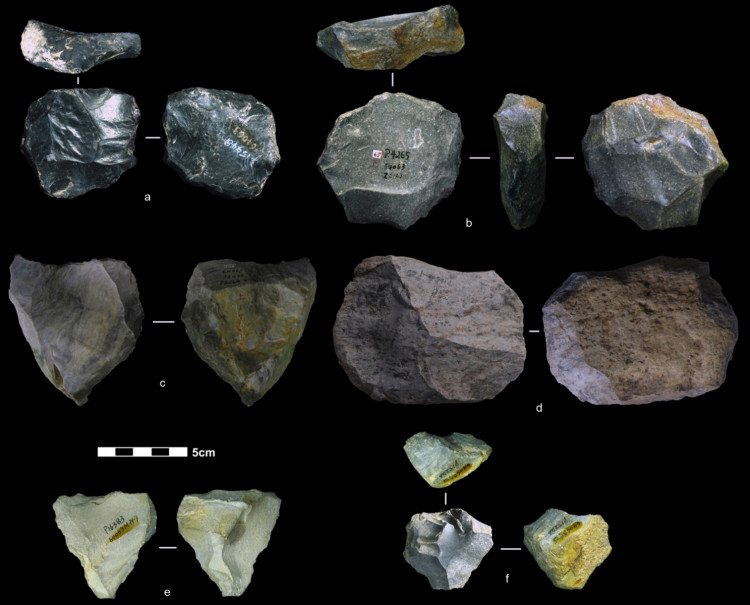Archaeologists have recently discovered a trove of ancient stone tools in China. Many archaeologists believe that these ancient stone tools will help put together a dark gap in China's archaeological history. Many experts believe that ancient tools will help explain how the species of human beings spread around the world.
It is widely perceived that the predecessors of the current human species started making tools more than three million years ago. Experts believe that as time went on, these tools became more complex as the brain of earliest humans started to grow as well. About 300,000 years ago, a tool-making technique known as "Levallois" started to spread in Western Eurasia and Africa.
This new Levallois technique involves working on the stone so that the flakes that come out of it become the tools. This is the complete opposite to the previous technique which involves chipping flakes off of the stone in order to create a tool. Experts believe that with the proliferation of the Levallois technique, human ancestors were able to create several tools from a single stone.
What is surprising about the recent discovery in China is the well-embraced fact that the Levallois technique did not arrive at the region until about 40,000 years ago. With the recent discovery, that idea is started to be questioned by experts. Experts from the University of Wollongong, Australia have confirmed that the ancient tools discovered in China are indeed Levallois tools and that they are dated between 160,000 and 170,000 years old well outdating the original 40,000 years estimate.
The recent discovery also reinforced another discovery made in India around the start of the year. Researchers have found Levallois stone tools in an excavation site in Attirampakkam, India and dated these tools at around 385,000 years old. These discoveries further confirmed the theory that human ancestors in the central and east Eurasian region started making Levallois tools much earlier than originally perceived.
As of these writing, experts are still hazy as to who are these ancient toolmakers. Finding out who these people are is made even more difficult by the fact that no human fossils were found in either site.
Previous studies have associated Levallois tools discovered in Africa with the Homo Sapiens species. On the other hand, Levallois tools discovered in Europe were associated with the Neanderthals. One theory suggests that the Neanderthal species have migrated to China taking Levallois tools with them.






